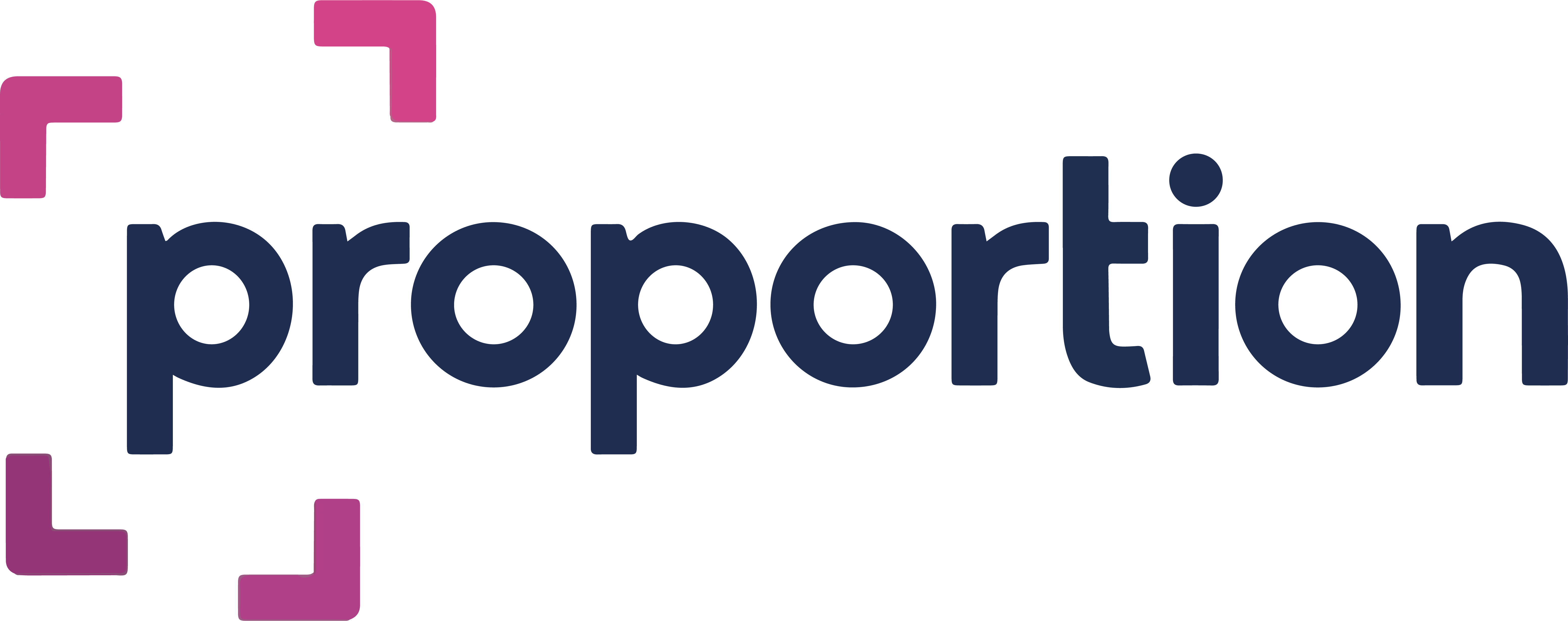
Improving Immunization Uptake Among Zero-Dose Children in Somalia
Situation
The project operates in the difficult context of Somalia, specifically in the South West State regions (Bay, Bakool, Lower Shabelle), characterized by: • Decades of armed conflict, mainly between the government and the Al-Shabaab (AS) group, making many rural areas partially or completely inaccessible. • Massive population displacements (IDPs) and seasonal migrations of pastoral communities in search of grazing land. • Extremely limited access to health and education services, worsened by distrust toward government-linked actors. • A strongly oral culture, where information is passed through word of mouth, often subject to distortion and misinformation. Several key actors are involved: • GAVI REACH and IRC oversee the initiative. • ThinkPlace leads field research and intervention design. • Local partners: READO, AYUUB, GREDO, and SHACDO provide logistical and technical support. • Community leaders and community health workers (CHWs) serve as critical influencers for community mobilisation.
Assignment
The core problem to solve was: Why are so many children still “zero-dose” (ZDC) in the targeted regions? What are the behavioral (beliefs, social norms), structural (access, security, service availability), and informational barriers (misinformation, illiteracy) preventing identification and vaccination of children in hard-to-reach communities?
Design Challenge Formulation:
How might we better identify, reach, and engage caregivers of zero-dose children in partially or non-accessible areas, despite security, social, and structural barriers?
The assignment given by the client was, therefore, to explore local perceptions, identify improvement opportunities, and co-create a realistic, innovative, and adaptable community engagement strategy.
Client’s Assignment: • Understand the local dynamics influencing vaccination. • Co-design strategies adapted to the local context. • Develop concrete interventions to increase vaccine uptake.
Approach
The approach was structured into five main phases:
- Immersion and Desktop Review: understanding the context.
- Targeted Design Assessment: ethnographic research and field surveys.
- Synthesis and Insights: identification of barriers and enablers.
- Prototyping: co-creation of solutions with local partners.
- Community Engagement Strategy: planning and operationalization.
Details per Phase:
- Immersion and Desk Review • Objective: Familiarize with the local realities, review existing data, and set initial hypotheses. • Tools: Document review, alignment workshops with partners.
- Targeted Design Assessment (Field Research) •Objective: Collect qualitative data from caregivers, community leaders, and healthcare workers. • Methods: • Semi-structured interviews (with card sorting, storytelling activities), • Focus group discussions (separate groups for men and women to respect cultural norms), • Immersive observations (in camps and health centers).
- Synthesis and Insights • Objective: Analyze the collected data to identify dynamics influencing vaccination behaviors. • Tools: WHO’s BeSD (Behavioral and Social Drivers) Framework to categorize behavioral factors.
- Prototyping • Objective: Co-create intervention concepts with local partners based directly on field insights.
- Methods: • Participatory storytelling, • Decision games to simulate vaccination choices, • Q&A cards to energize educational sessions.
- Community Engagement Strategy (CE Strategy) Objective: Formalize an integrated approach to boost community adherence and vaccination. Tools: Gamification, community storytelling, feedback systems, partnership models.
Results
Deliverables and Results: • Insights Report: Detailed understanding of barriers to vaccination (e.g., social norms, gendered roles, fear of vaccine side effects, misinformation). • CE Strategy 2023-2026: Four key interventions to transform community engagement:
- Enhance: Gamification of community education activities (Q&A cards, Decision Games).
- Immerse: Embedding local stories in communication campaigns.
- Measure: Standardized M&E system to track and assess engagement.
- Reach: Stronger partnerships with community and religious leaders.
Observed or Expected Impacts: • Improved knowledge and attitudes towards vaccination. • Increased vaccination rates among zero-dose children. • Strengthened local resilience by integrating positive health practices into Somali oral culture. Key Takeaways: • Oral storytelling is a major communication lever in Somalia. • Community leaders are crucial intermediaries for health information. • Field immersion enabled realistic and context-specific design. • Conflict and AS authority require flexible and secure operating tactics..
This project was commissioned by ThinkPlace for clients GAVI REACH and IRC and performed by Cheikh, a member of the Proportion Global community. If you’ve enjoyed reading this case and want to dive deeper, we’d love to hear from you and we will connect you with relevant designers like Cheikh, who worked on this project Contact Us


Responses